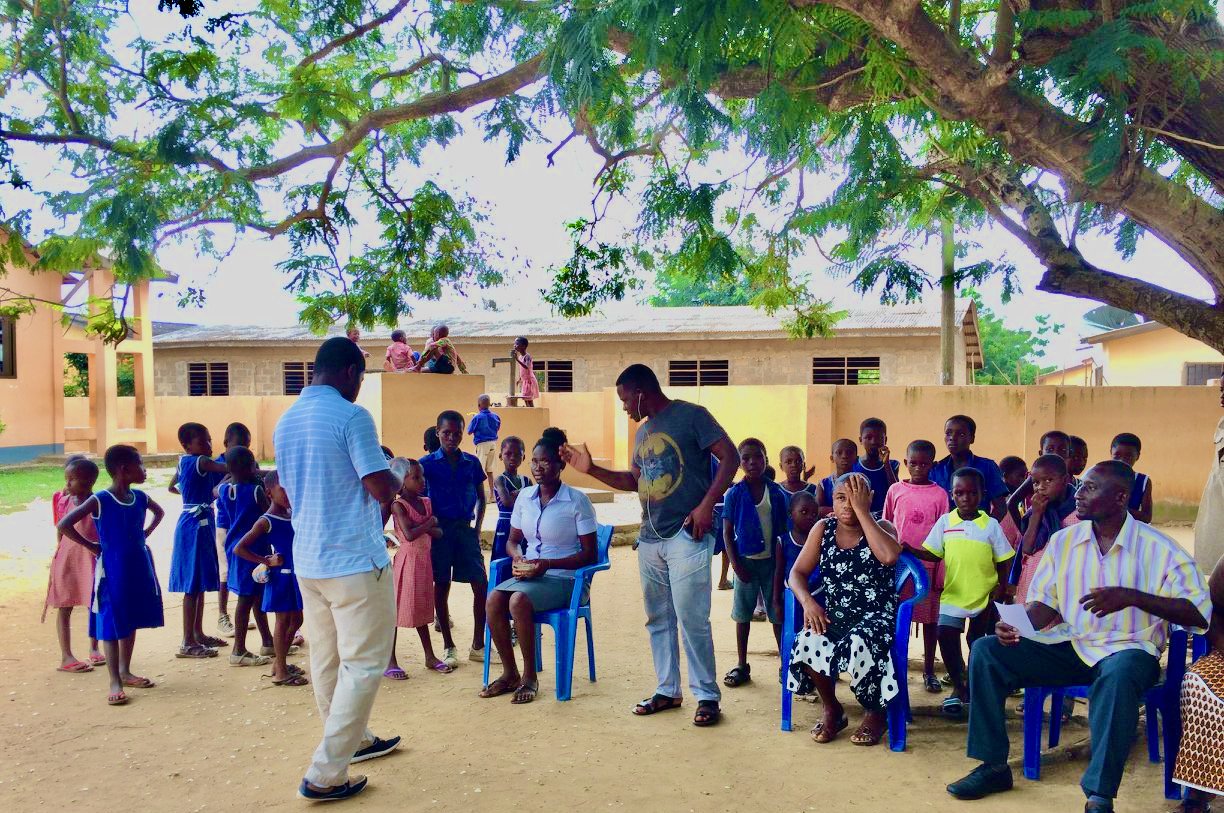
CERTIFICATE IN PUBLIC HEALTH MANAGEMENT
Module 5: Weather
Weather can significantly affect patient uptake of surgery and other medical services. If the temperatures are too high, some locations have a lower turnout for healthcare programs. If it is farming season, medical treatments are a much lower priority when compared to farming duties. In addition to being a barrier to healthcare access, climate changes due to global warming have caused certain tropical diseases to rapidly spread.
Farming Season
In certain cultures and geographic locations, farming season is the most important time of the year, and therefore all energies are focused on agriculture during this period. This emphasis can sometimes be a barrier to utilizing healthcare services and pursuing medically necessary surgery or other treatment. A study in Zambia was conducted to compare different areas of the country in terms of access to health, ranging from urban high cost and urban low cost to townships and rural areas. The results revealed vast discrepancies among these areas. Those residing in rural zones had to travel a much further distance to reach a healthcare facility, which increased the healthcare expenditures. During the high season for farming, acquiring medical care is even less likely because traveling the far distance (meaning spending time away from the farm during crucial working periods) is detrimental to farm outputs. This seasonal factor enhances the inequity of healthcare access and demonstrates how medical interventions must either provide their services directly in the farming regions, or also deliver their surgeries during the non-farming season so the farmers.(1)
Wet/Hot Season
India is an example of a country that is primarily rural, and there is widespread poverty and lack of quality infrastructure such as roads and transportation. Due to all of these factors, personal access to healthcare is difficult to obtain. Many individuals cannot afford to pay for healthcare costs, and free healthcare is offered only in specific locations. Unfortunately, those who require healthcare the most are often either too ill to make the trip or cannot afford to pay for transportation and housing. Efforts to overcome this challenge have not yet succeeded; for example, there have been difficulties with a railway transportation that the Indian government subsidizes in order to help cancer patients visit treatment institutions. As Koshy et. al. explains, “to reach a bus or railway station, most villagers have to walk, bicycle, or travel by bullock cart or tractor over bumpy roads. These are often impassable in wet weather. In the state of Kamataka, only 41% of villages have access to public transportation and only 39% of villages are connected by motorways or all-weather roads.”(2) Heat and humidity can also be extremely brutal in places such as India, which make people less inclined to travel in order to seek medical care. For over eight months of every year, parts of the country have temperatures that exceed 38 degrees Celsius.(3) Treatments often require patients to return repeatedly at different intervals (for example, every two weeks to receive multiple dosages), which is a costly, treacherous, and therefore unrealistic process. Healthcare delivery interventions must carefully consider the seasonal challenges of each specific area and strive to work around and ultimately overcome the complex local conditions.
Rising Temperatures in Specific Regions
On a more general scale of global health, changes in weather can influence the disease risks in a certain region. There is widespread evidence that global warming causes an increase in infectious diseases in the tropics. These serious illnesses are transmitted through airborne vectors (for example, the anopheles mosquito), so an increase in temperature causes a lasting impact on the motion, distribution, and scattering of tropical illnesses. As the malaria zones expand, the disease is expected to impact 260 – 320 million people living in infected regions by the year 2080. Dengue fever epidemic outbreaks have also increased, and there has been a noted increase of leishmaniasis (a disease with vectors that are strongly affected by surrounding temperatures) in countries such as Brazil, Paraguay, Bolivia, Argentina, and even Italy. The increase of the hantavirus disease demonstrates how climate shifts can assist warm-blooded annoyances (for example, the mouse population). Since cholera is a disease that spreads through contaminated water, natural flooding from El Nino and the warming of the African lakes can lead to increased frequency of the disease. El Nino also causes longer dry spells, leading meningococcal meningitis disease pathogens in the dust particles to be more widely disseminated. Climate patterns also influence agricultural productivity, which can impact food supply and therefore public health in developing countries. (4)
Conclusion
Weather is a highly influential factor that must be considered when delivering medical interventions. During certain seasons, individuals are less likely to seek medical help, whether it be because they have obligations at home (such as farming) or because the weather makes it difficult to travel. On a broader scale, weather patterns such as global warming also influence public health, causing certain regions to be more at-risk for diseases.
Footnotes
(1) Hjortsberg, C. & Mwikisa, C. “Cost of access to health services in Zambia,” Health Policy Plan. 17(1):71-7, (Mar 2002).
(2) Koshy et. al., “Cancer pain management in developing countries: a mosaic of complex issues resulting in inadequate analgesia.” Support Care Cancer, 6:430-437 (1998).
(3) Ravishankar, K. “Barriers to headache care in India and efforts to improve the situation.” The Lancet, Vol. 3 Issue 9, pg 564-567, (Sept 2004).
(4) Gross, J. “The Severe Impact of Climate Change on Developing Countries.” Medicine and Global Survival, Vol. 7, No. 2, (Feb 2002).
